Without Water, South Africa Anticipates A Mammoth Crop Failure (Part Two)
Climate-related consequences are raising food prices, joblessness, crime, and instability.
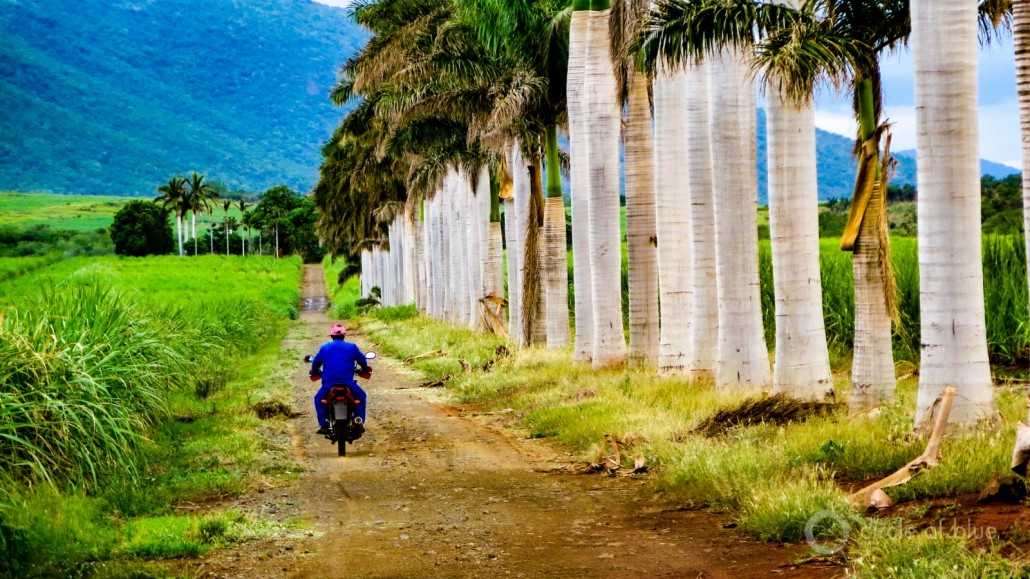
By Keith Schneider, Circle of Blue
PONGOLA, South Africa — South Africa long ago accepted as scientific fact and impending reality the idea that its arid grasslands, water-scarce inland farm regions, and parched cities would be bullied by climate change. Planning documents in the five national departments that have a role in managing water supply — Water and Sanitation, Energy, Agriculture, Environment, and Mineral Resources — reflect progressive ideas about conserving water, and improving water distribution, storage, and transport.
In 2013, the National Planning Commission also published the National Development Plan 2030, which argued for changes in the country’s operating system. The report’s authors presciently warned that climate change in South Africa would produce rising temperatures, erratic rainfall, extreme weather, reduced food production, rising food prices, and difficulty in providing adequate municipal water supplies. In effect, said the report, climate change could lead to serious ecological and economic consequences, and produce social instability in South Africa, just as a deep four-year drought in Syria from 2007 to 2010 was a starting point for their disastrous civil war.
The two- year-long South Africa drought is revealing the accuracy of those projections. Even as South Africa anticipated the effects of climate change as a policy consideration, the country forged ahead with a western, resource intensive, water-consuming development strategy. South Africa constructed few new water storage reservoirs. Its cities waste millions of cubic meters of water through leaking pipes and poorly maintained drinking water and wastewater treatment plants. Irrigation networks are old, leaky, and not nearly as efficient as they need to be. South Africa also is pursuing a campaign to develop more coal mines and build more water-wasting coal-fired power plants, two of which are among the largest in the world and are under construction in provinces with endemic water scarcity.
Not A Normal Drought
Nearly two decades into the 21st century, South Africa is poorly positioned to respond to the serious contemporary consequences of heat and drought that researchers are now telling national leaders will get worse. The drought, in other words, is exposing severe weaknesses in the country’s operating strategy that will take tens of billions of rands to fix.
“There are significant difficulties from this drought,” said Dhesigen Naidoo, the chief executive of the National Water Commission, a research and science agency in Pretoria. “The drought cannot be managed the way previous droughts have been managed. In previous droughts we hadn’t factored in climate change. We are convinced that this drought is not part of a normal drought cycle that previously we’ve had in the past. This one is quite different. The combination with the heat wave is unique. The heat wave builds itself into an extreme example of the weather pattern in this part of the world we’ve experienced for at least six years. It tells us we are in quite a different regime. So we regard this as a drought in the climate change scenario, and our planning is working around that.”
Naidoo, who is 50 and a chemical pathologist, is among the select number of technical specialists advancing ideas to President Jacob Zuma to expand water storage, fix leaking municipal water supply networks, and grow water-conserving wind and solar electrical generating capacity. The National Water Commission also is working to convince South Africa’s 35,000 big farms, most of them owned by white farmers, to diversify cropping patterns. The drought is displaying how vulnerable South Africa’s monoculture harvests of corn, soybeans, sunflowers, sugar, and wheat are to climate change.
“Our agricultural strategy has to become much more robust,” said Naidoo. “We need
diversification of our staples, cassava for instance, that are more robust and drought resistant. Indigenous crops are more water efficient than commercial crops. Drought conditions may push us in that direction.”
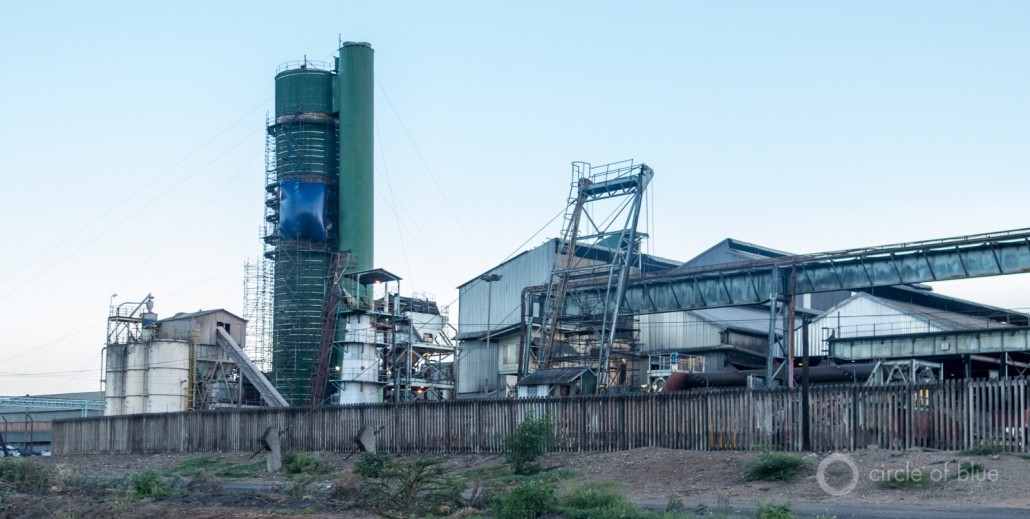
“Look at what’s happened,” he added. “This big drought is going to have the net impact of importation of grain. In four years we’ve gone from being a corn exporter, to no exports, to actually buying grain.”
For the first time in years, South Africa also is virtually certain to be a sugar importer as well. Sugar cane fields are lean across almost all of Mpumalanga and KwaZulu-Natal, the two South Africa provinces that produce the country’s typical 19 million metric tons of cane, and 2.2 -million -metric tons of finished sugar every year. Three quarters is sold in domestic markets and a quarter is exported to southern Africa nations.
Sugar Workers Hit By Drought
The South African Sugar Association, which represents the 24,000 sugar cane producers and 14 sugar mills in the 12 billion rand industry, projects the cane harvest will be 3 million metric tons less than last year. The result could be a 500,000 metric ton drop in sugar production, or 31 percent lower than in 2015. It is not known how many of the industry’s 79,000 workers will be retrenched this year.
The Saturday after he was paid, Nduku Msimanga, a 36-year-old sugar cane worker, boarded a minibus to Ulundi, a small town 100 kilometers (62 miles) south where his family stays. The day was bright and hot. Msimanga was worried. Ulundi’s water supply dried up last fall. Water tanker deliveries since have been inconsistent. Residents have gone days without filling their water jugs. His family had a request.
The drought cannot be managed the way previous droughts have been managed.Dhesigen Naidoo,
Chief executive
National Water Commission
“They need water. They asked me to take some,” he said.
Across Pongola, from the service stations and lodges, restaurants and farm supply stores, people are preparing for more hard times. Sugar cane touches every facet of Pongola, and has since the late 1940s and early 1950s when cane growing first emerged as the region’s staple crop. Consolidation has produced around 128 big farms that directly employ 30 to as many as 90 farmworkers each. Thousands more people are connected to every other business in town.
The drought is seen as a maddening betrayal, a signal from Mother Earth that the wealth from sugar, planted and harvested in an African valley of incomparable beauty, is not nearly as assured in the 21st century as it was in the 20th.
Controversial Infrastructure
Two pieces of infrastructure illustrate that narrative. The first is the sugar mill, which was built in 1954, employs 460 people, and has been stymied by unplanned operational shutdowns and unexpected maintenance issues for several years. The current owner, RCL Foods, has launched a modernization campaign for the old mill that farmers say has not been as successful as advertised. Last year, due to equipment problems, sugar cane from Pongola was shipped to another mill out of town to be crushed. When the Pongola mill goes down, the entire town sags.
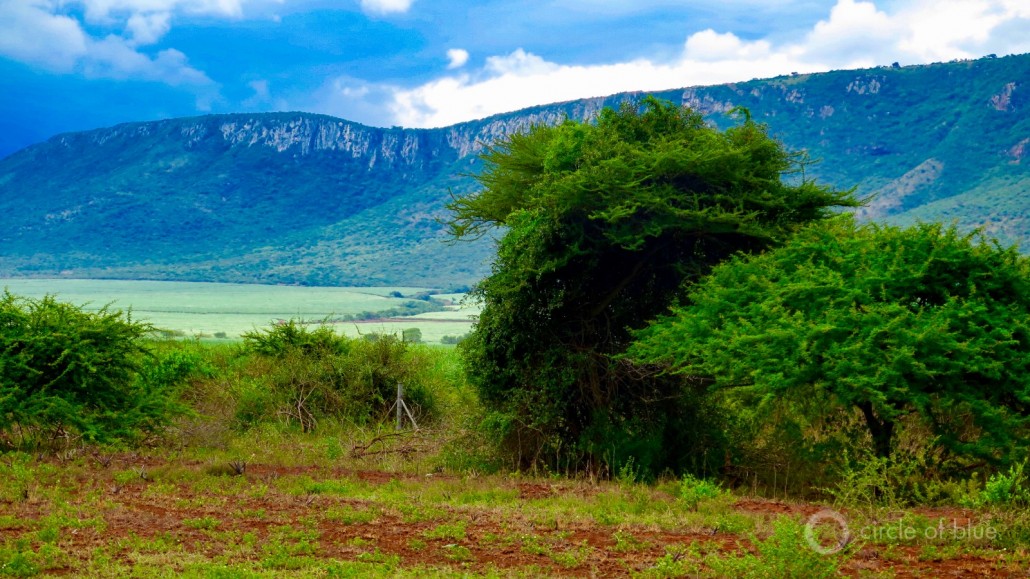
The second vital installation is the Bivane Dam, upriver on a branch of the Pongola River. The big concrete dam and the sizable reservoir behind it are designed to store 115 million cubic meters of water for sugar cane irrigation and to supply fresh water for Pongola’s drinking water system. Finished in 2001, the 150-million-rand dam crosses a narrow red rock gorge and is one of the last big water storage projects constructed in South Africa. It’s also the biggest privately-built dam and reservoir project ever built in the country.
Its completion by the Impala Water Users Association, the farmer cooperative that manages the area’s extensive network of concrete irrigation canals, prompted a civil war among Pongola’s sugar cane growers, half of whom protested paying the 1,098 rand-per-hectare annual fee to finance the dam’s debt. Lawsuits were litigated well after the dam began supplying water to Impala’s extensive network of irrigation canals.
Dam Helps Sugar Growers
The griping ceased in 2008 when settlements were reached in the litigation and Rand Merchant Bank reworked the construction financing package to a more financially sustainable 30-year amortization schedule.
In the last two years the fiercest lions among the critics stopped roaring. The dam’s stored water enabled sugar producers to harvest a full crop last year even as rain stopped falling in November 24, and carried farmers through much of the growing season even though the reservoir was already a third empty the following January. Over the last year Impala regulated the flow from the reservoir. As town after town in northern KwaZulu-Natal ran out of water, the Bivane Dam’s role was the provider of last resort. Just 11 million cubic meters of water, less than 10 percent of capacity, sit in the reservoir’s shallow bottom.
We warned our members a year ago to be cautious.” — Johann Boonzaaier,
Chief executive
Impala Water Users Association
Water allotments to farmers ceased at year end.
“We warned our members a year ago to be cautious,” said Johann Boonzaaier, the chief executive of the Impala Water Users Association, which manages the dam and irrigation network. “We said to the farmers that if the dam reaches 15 percent there would be no more releases. So the closer we got to 15 percent the more messages I sent to the farmers. That was October. Everyone knew we were in big trouble.”
Now managing Bivane’s paltry water supply is a day-by-day enterprise. In the last week of January a brief deluge fell overnight on the highlands, poured down rocky slopes, and prompted Boonzaier to issue a mid-morning text message alerting farmers that there would be water in the irrigation canals the following day. Cobus Horn, a sugar grower working in his equipment shed, reacted to a signal on his cell phone. He smiled when he read it.
“We’re getting some water tomorrow,” Horn said. “That helps.”
See Part One of this article here.
Circle of Blue’s senior editor and chief correspondent based in Traverse City, Michigan. He has reported on the contest for energy, food, and water in the era of climate change from six continents. Contact
Keith Schneider

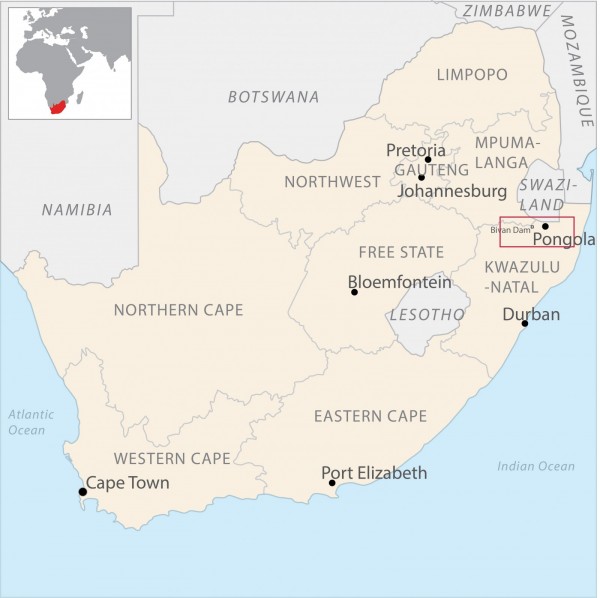




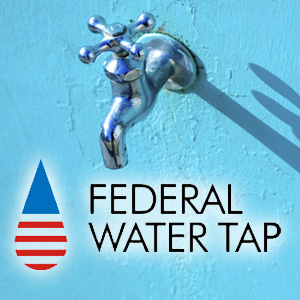
Leave a Reply
Want to join the discussion?Feel free to contribute!